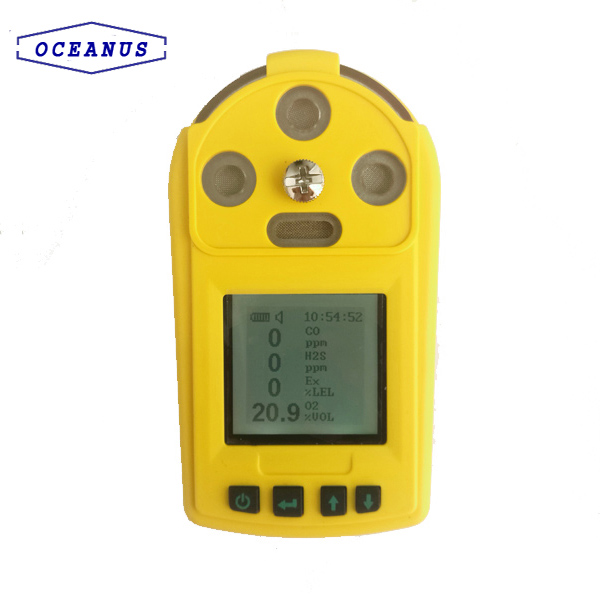How Gas Detectors Work
As gas detectors measure a specified gas concentration, the sensor response serves as the reference point or scale. When the sensors response surpasses a certain pre-set level, an alarm will activate to warn the user. There are various types of detectors available and the majority serves the same function: to monitor and warn of a dangerous gas level. However, when considering what type of detector to install, it is helpful to consider the different sensor technologies.
Common Gas Detector Applications:
Although detectors are an essential application for home and commercial safety, they are also employed in numerous industrial industries. Gas detectors are used in welding shops to detect combustibles and toxics and in nuclear plants, to detect combustibles. They are also commonly used to detect hazardous vapors in wastewater treatment plants.
Gas detectors are very efficient in confined spaces where there is no continuous employee occupancy. Such spaces include tanks, pits, vessels and storage bins. Detectors may also be placed at a site to detect toxins prior to occupant entry.
Additional Gas Detector Information:
Although gas detectors are generally a reliable technology, with some models capable of lasting up to five years, their proper function is generally dependent on user maintenance, battery inspection and calibration. Calibration is a safety procedure executed to ensure that detectors are measuring the correct level of gas. In addition, the life-span of gas detectors also often depends on the amount of gas vapors to which they are exposed. Contaminated sensors may not register dangerous gas levels, which is why frequent calibration is essential.
If you need, pls contact us: info@china-oceanus.com
- Pre:Hazards of Air Pollution 2019/6/29
- Next:New portable gas detector with inner pump 2016/4/11





